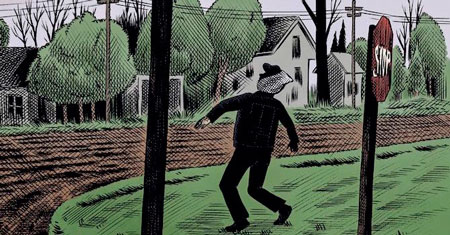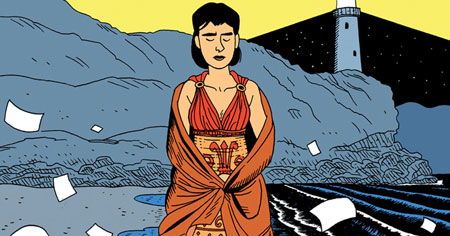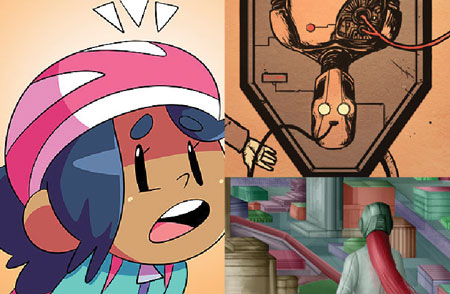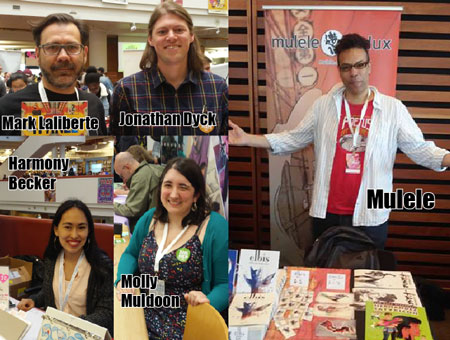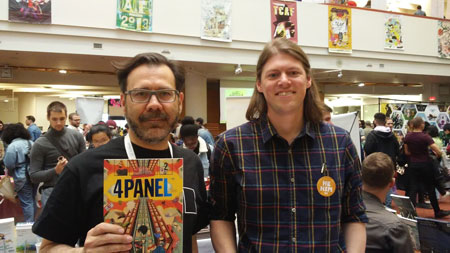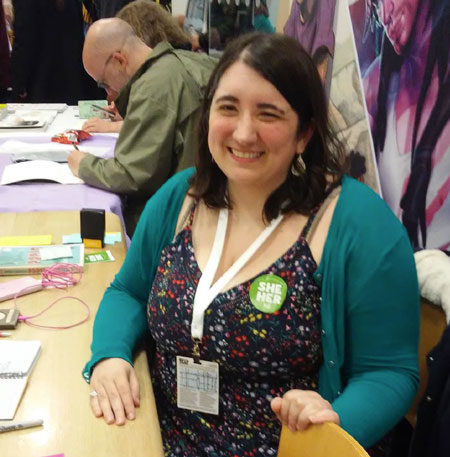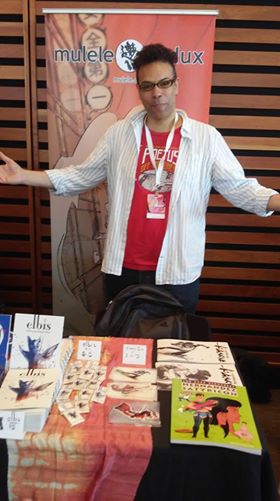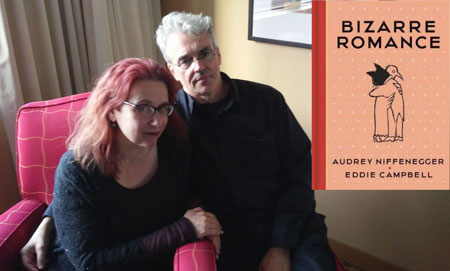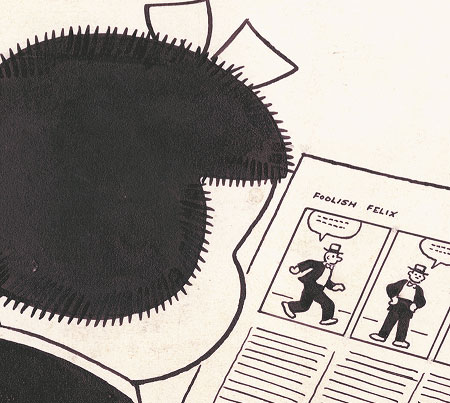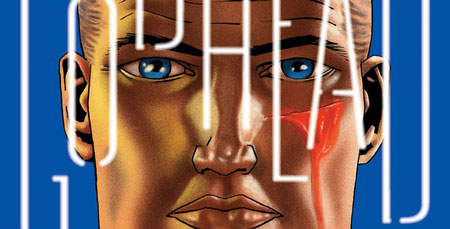
Why does Ho Che Anderson, who has had several projects (including his latest, Godhead) published by Fantagraphics, call himself a “failed” comics creator? What does he wish he’d done differently, early in his career? In this episode, he talks to Koom about going to art school vs. making your comics mistakes in public (and how Frank Miller succeeded despite doing the latter), Godhead, his film work, and more.
Podcast: Play in new window | Download



